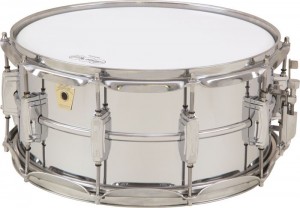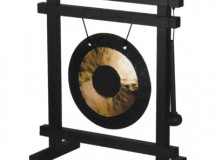 Snare drum has been a pivotal sound in music since the beginning of time. Gregorian monks first used snare drums in their chants for the lord shortly after inventing singing and polyphony.
Snare drum has been a pivotal sound in music since the beginning of time. Gregorian monks first used snare drums in their chants for the lord shortly after inventing singing and polyphony.
While historians date this first use of the drum to 930 A.D., it wasn’t until the 1900s that the snare drum sound became as popular as it is today.
One of the earliest written pieces of music to include the use of the snare drum can be heard below, a selection from a plainchant titled “Stabat Mater (We Snare For You O Lord)” that has been dated to the 13th century.
As history progressed, the Christian church slowly decreased its use of the snare drum in religious ceremonies, citing the use of the drum in witchcraft and other blasphemous occurrences as the primary reason for this trend. Many also speculate that the development of polyphony, which permitted young boys and other men to join in group chants, overshadowed many of the benefits of using the snare drum.
During the mid 1900s, the snare drum was thrust back into the limelight by famous American outside-the-box composer John Cage. The adaptation of his own legendary silent piece “4’33″ for snare drum caused other hugely popular groups like Elvis Presley and The Beatles to feature the snare drum prominently in almost all of their music.
As musicians began to feel as though snare drum was a compulsory sound in all of their music, as early as the 1970s we see that the lasting effect of the snare drum has caused music to become increasingly similar sounding. It’s highly possible that the drum’s association with the Christian church has created a spiritual connection to its sound, and as such music-makers fear that using any other drum (or sound for that matter) to carry the grooves of their work may have negative effects in the after life.
The popularity of the snare drum peaked in 2007 with the release of Lil Wayne’s The Carter III; an album that contains more snare hits than any other collection of recorded material to date.
The astounding frequency of the use of the snare drum would lead many to believe that listeners might grow weary of its sound, but the drum continues to be a fixture in almost every recorded song, either out of fear of God, or for fear of sounding too experimental.








